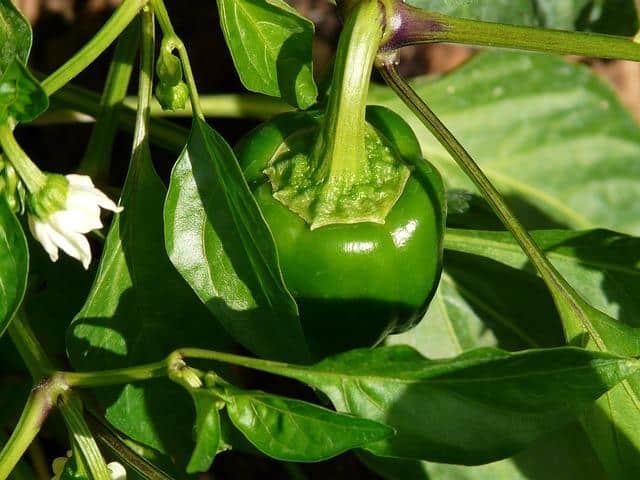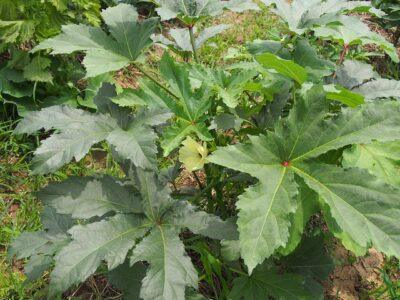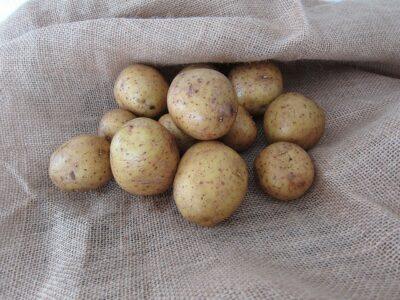In many parts of the country, a drought-resistant garden is more than just a neat idea; it’s a necessity. Choosing the right combination of vegetables, paying attention to planting dates, and modifying your approach to irrigation and planning can help you grow food despite less hospitable conditions. Don’t depend on nature to come through for you this year; plant a drought-resistant vegetable garden and be prepared if the rains don’t fall.
First Step: Planning
In drought-prone regions, the middle of summer is likely the worst time to attempt to grow vegetables. Capitalize on a warm climate by planting early in spring to harvest before the summer heat, or in early fall to harvest before winter sets in. Even if your region suffers from year-round lack of precipitation, planting in the more temperate seasons will prevent your garden from attempting to combat the heat and greater evaporation.
Seamazing: The Low-Cost Way To Re-mineralize Your Soil
In summer and winter, or any other times you choose not to plant, plan on amending your soil. Soil rich in compost will trap more moisture for your plants. You might consider a layer of charcoal beneath the soil, as well, to hold even more water and provide nutrients. Appropriate pH levels and soil nutrients help your plants grow more efficiently so they will be able to grow with less need for water.
Moisture Loss and Watering
Protect your improved soil from water runoff and moisture loss. Mulching is an excellent technique to help the area around your plantings catch rain; your mulch will also catch evaporating water from the soil below and condense it, keeping it available to your plants. If you have cuttings from other plants, mulching with them allows some of the moisture from those cuttings to go into the soil. Plastic sheets that cover the soil can also be an option, although you should be aware they raise the temperature of the soil.
Drip irrigation is particularly beneficial in dry areas, since the flow of water is fairly constant and extremely slow. If you plan a drip system, consider building it with water filters (to prevent clogging) and a valve or stop (to prevent water from dripping when the soil is already moist). If you choose another method of watering, pay attention to your soil and let it tell you when to water, rather than watering daily. Test a patch about 6 inches deep and control your irrigation, so you will have water when you need it. Pinch a bit of soil between your fingers. If it holds together, don’t water, but if it falls apart easily, it’s time to water.
When planning the drought-resistant garden, resist planting in rows. Clustering plants together leaves them less exposed to evaporation, and allows taller plants to provide shade to smaller plants. Grouping plants together by watering requirement can help you accurately prevent overwatering of those that don’t need much. Some vegetables do extremely well in companion planting, a technique that uses the growth habits of one type of plant to assist that of another; the most famous combination is the “three sisters” (beans, corn, and squash) but there are other combinations that work well. Regardless of what you choose to plant, growing vegetables closer together conserves water.
Enclosed areas and raised beds are more moisture rich than seeding into open ground. Even a simple retaining wall built at a depth of about 10 inches can keep groundwater from leaving your garden. This technique works better in small spaces, or it can be used to break up a large space.
Best Vegetables for the Drought Resistant Garden
Some plants just do better with less water. Below you can find a partial list of what to grow for high yield in low-moisture environments. Generally speaking, plants native to the Southwest –such as black-eyed peas – will be easiest to grow, followed by plants with a deep root structure like squash, melon and some tomato varieties.
Get The Best Deals On Non-GMO Seeds For Your Garden Right Here!
Cool season plants with short root systems, like lettuce, will not thrive without water.
Best drought-resistant vegetables for hot climates
- Beans (all varieties, pole and dry beans)
- Cantaloupe
- Okra
- Cucumber
- Eggplant
- Melon
- Pepper (all varieties)
- Sweet Potato
- Tomatillo
- Jicama
- Sweet and Seed Corn
- Squash (Winter and Summer)
- Watermelon
- Tomato (try early producing or heat-resistant varieties like Early Girl, Roma, Marvel Striped)
Meanwhile, here is a list of vegetables you might have success with in dry climates:
- Rhubarb
- Arugula
- Chard
- Turnips
- Potatoes
- Endive
- Garlic
- Leeks
- Cabbage
- Onions
- Spinach
- Asparagus
- Woody Herbs (Rosemary, Thyme, Sage, Oregano)
- Beets
- Broccoli
If you live in a drought-prone area, the most important steps you can take to protect your garden and ensure it will yield the vegetables you need are steps to conserve and save water. Rain barrels, storage of grey water used around the homestead, and careful conservation measures to limit wastage all can contribute to helping your garden grow. If you want a reliable source of food in a dry climate, awareness of where the water is coming from – and where it is going – will be your most effective tool.
What advice would you add for planting a drought-resistant garden? Share your ideas in the section below:
Every Spring, Gardeners Make This Avoidable Mistake — But You Don’t Have To. Read More Here.
 Off The Grid News Better Ideas For Off The Grid Living
Off The Grid News Better Ideas For Off The Grid Living






